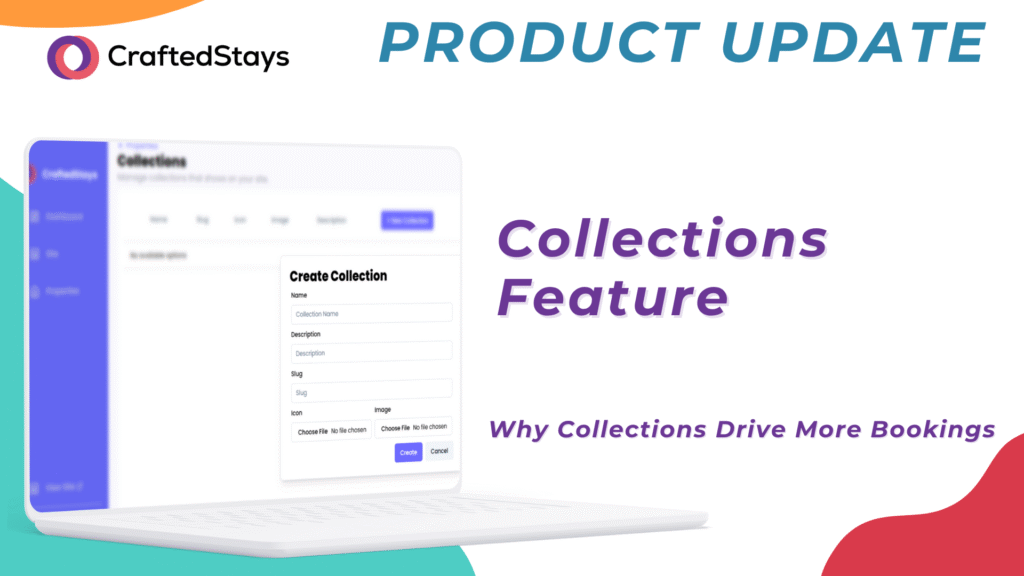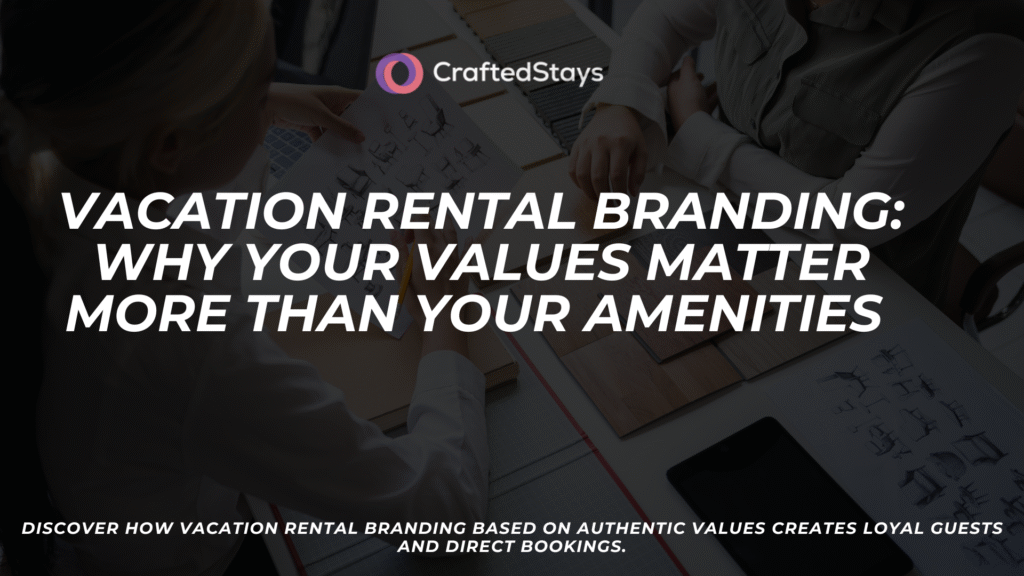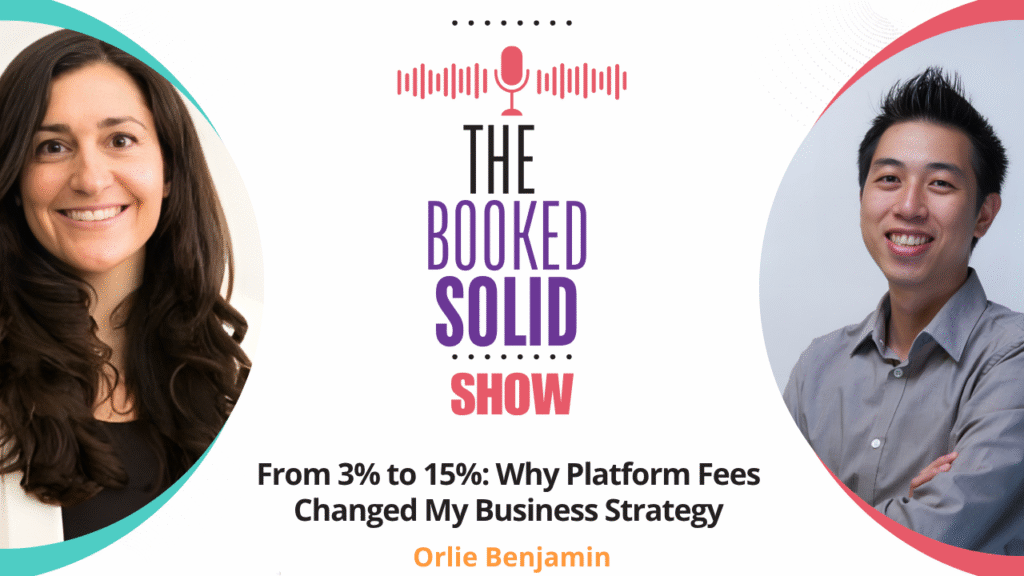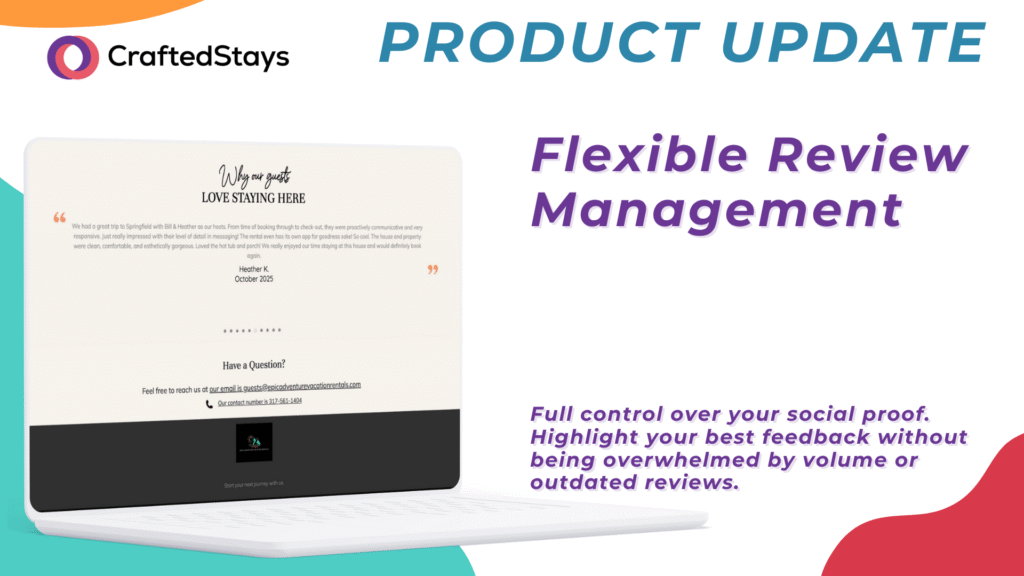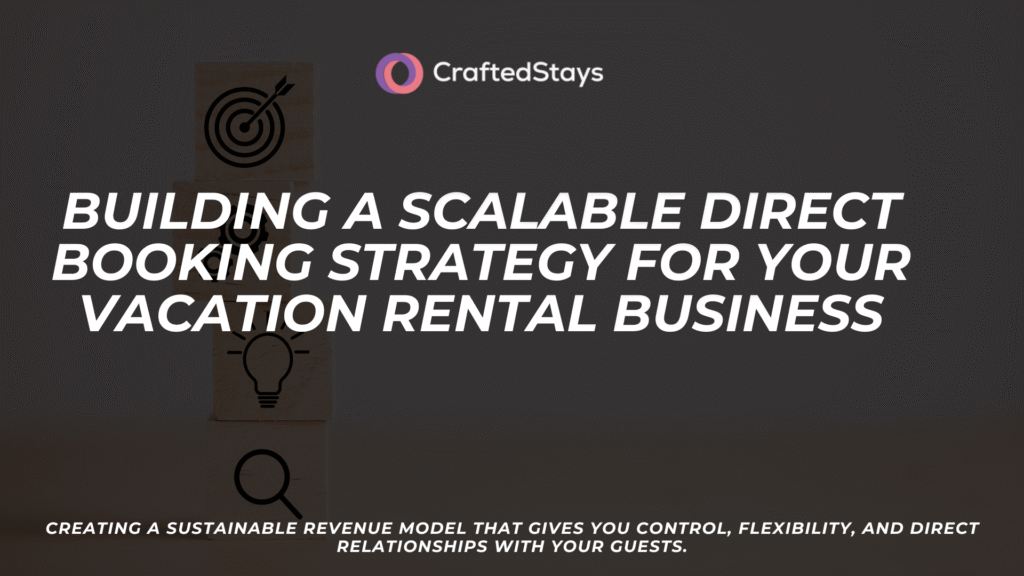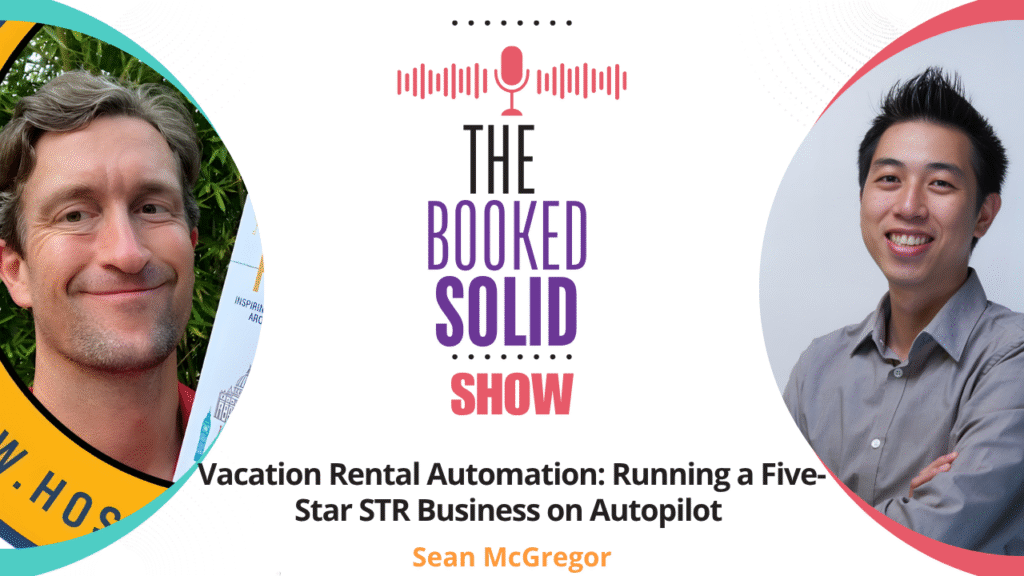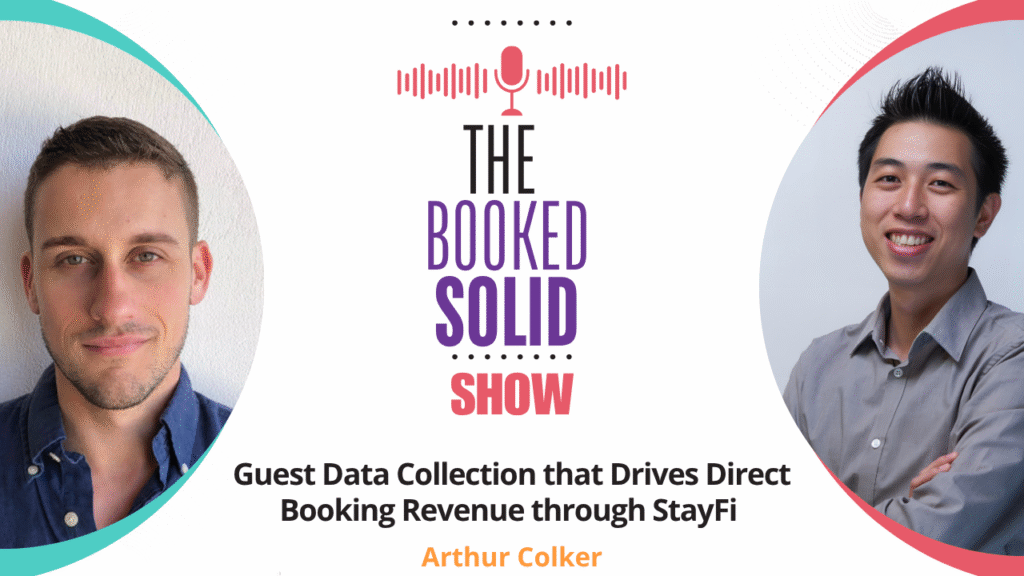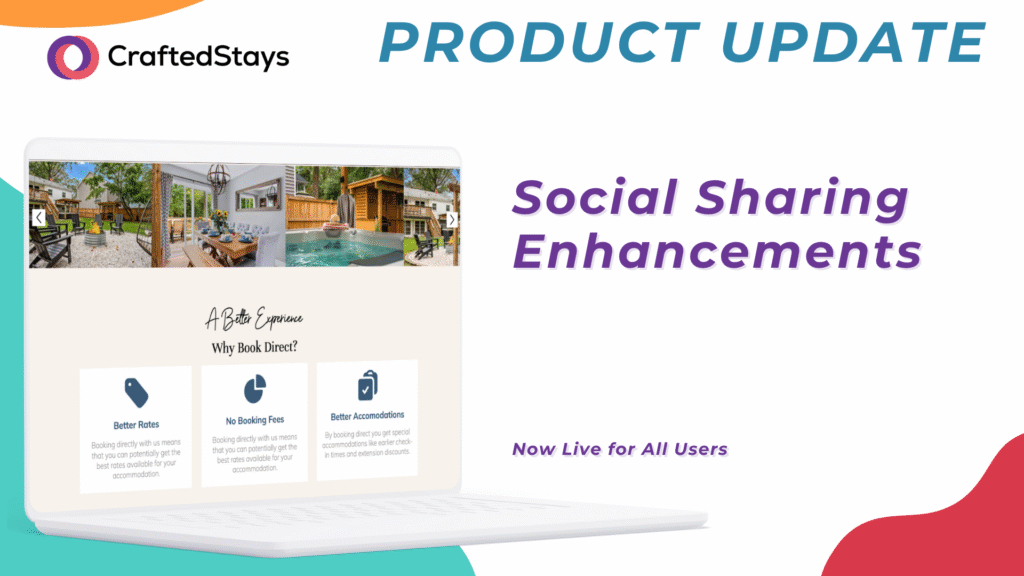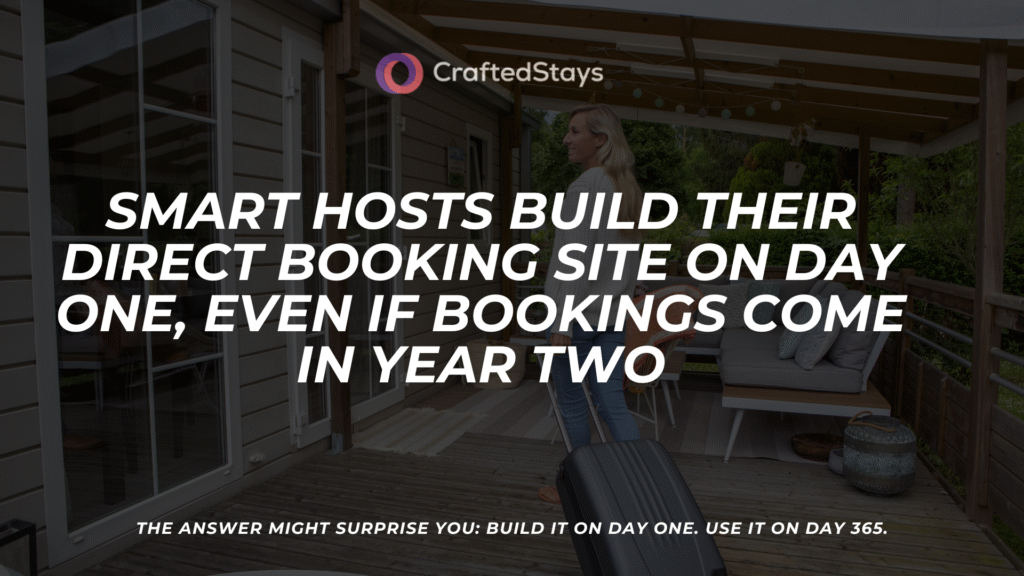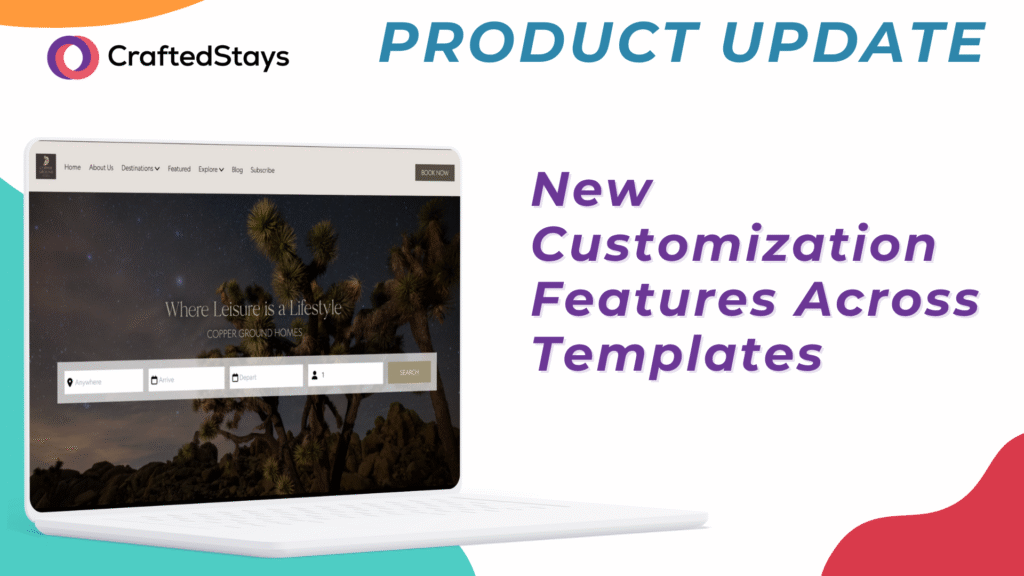“The goal is to automate the annoying so you can focus on the amazing.” In this episode, Gil sits down with Sean McGregor, founder of NoCodeSTR.com, to explore how vacation rental hosts can reclaim their time without sacrificing guest experience. Sean has hosted over 5,000 groups on Airbnb while maintaining a 4.98★ rating since 2018—all while traveling through 40+ countries with his family. What’s his secret? A powerful combination of no-code automation tools and AI that handle the repetitive tasks most hosts dread. From guest communication to review management, Sean shares exactly how he maintains a 100% five-star rating even during a 3.5-week road trip through the Balkans. If you’ve ever felt chained to your phone answering the same guest questions or wondered how to scale without burning out, this conversation will show you a better way. Sean breaks down the tools, mindset, and systems that let hosts run professional operations from anywhere in the world. Summary and Highlights 🎯 About Sean McGregor Sean McGregor is the founder of NoCodeSTR.com, where he teaches vacation rental hosts how to automate the tedious parts of their business using no-code tools like Zapier, Airtable, and AI. Since 2018, he’s maintained a remarkable 4.98★ rating on Airbnb while hosting more than 5,000 groups—proving that automation and exceptional guest experience aren’t mutually exclusive. What sets Sean apart is his 5★ Guarantee: he doesn’t take commission if a guest leaves anything less than a five-star review. This bold promise reflects his confidence in the systems he’s built, which handle everything from pre-arrival communications to post-checkout follow-ups. Sean’s approach isn’t theoretical. He’s built his business while working remotely from over 40 countries with his family, demonstrating that proper automation creates true location independence. His free 5-day course at NoCodeSTR.com has helped hundreds of hosts discover what’s possible when they stop doing everything manually. 🔑 Key Highlights: Building a Five-Star Business on Autopilot The “Automate the Annoying” Philosophy Sean’s entire approach centers on one principle: identify the repetitive, time-consuming tasks that drain your energy and automate them. For most hosts, this means the same guest questions, check-in instructions, and review requests that repeat with every booking. “The goal is to automate the annoying so you can focus on the amazing,” Sean explains. This isn’t about cutting corners—it’s about redirecting your limited time toward high-impact activities like improving your property, building relationships with direct booking guests, or actually enjoying the lifestyle that drew you to hosting in the first place. The mindset shift happens when hosts realize that guests don’t care how they get information—they just want it quickly and accurately. Whether an answer comes from you personally or a well-designed automation makes no difference to guest satisfaction. No-Code Tools That Cost Nothing Per Listing One of the biggest misconceptions Sean addresses is that powerful automation requires expensive software or technical expertise. The tools he relies on—Zapier, Airtable, and Make—can be implemented at zero cost per listing for most hosts. These platforms connect your existing systems (PMS, email, calendar) and create workflows that run automatically. For example, when a new booking comes in, an automation can instantly send personalized welcome messages, add the guest to your communication sequence, and update your team’s task list—all without you lifting a finger. Sean emphasizes that the learning curve isn’t as steep as most hosts imagine. “If you can set up an Airbnb listing, you can build these automations,” he notes. The key is starting with one annoying task and building from there, rather than trying to automate everything at once. For hosts focused on growing their direct booking channel, these same no-code tools integrate beautifully with website forms and inquiry systems, creating a seamless guest experience from first contact through checkout. AI as Your 24/7 Guest Experience Manager The real game-changer in Sean’s systems is how he’s integrated AI—not as a replacement for genuine hospitality, but as an enhancement. His AI-powered tools handle routine questions, provide instant responses outside business hours, and even anticipate guest needs based on patterns in previous conversations. During his recent Balkans road trip, Sean’s automations and AI systems maintained a 100% five-star rating without any human intervention. Guests received immediate answers to questions about WiFi passwords, local recommendations, or check-in procedures—all delivered in a natural, helpful tone that reflected his brand. “The technology has reached a point where guests genuinely can’t tell they’re interacting with automation,” Sean shares. But he’s quick to clarify that AI works best when it’s trained on your voice, your property’s unique features, and your approach to hospitality. This is particularly powerful for hosts managing multiple properties or building a portfolio. Instead of multiplying your workload as you scale, properly implemented AI and automation mean your systems scale without requiring proportional increases in your time. The Five-Star Guarantee: Confidence Through Systems Perhaps the most striking aspect of Sean’s business model is his willingness to offer a 5★ Guarantee—he only collects commission when guests leave five-star reviews. This isn’t just a marketing gimmick; it’s a direct result of the confidence he has in his automated systems. “When you’ve systematized every touchpoint in the guest journey, you know exactly what experience they’re getting,” Sean explains. His automations ensure consistent communication timing, complete pre-arrival information, and timely follow-up after checkout—all the factors that influence whether a guest leaves a glowing review. This approach also creates a virtuous cycle: because Sean’s systems are designed to generate five-star experiences, he attracts clients who are serious about quality and willing to invest in proper automation. The guarantee becomes a filter that aligns everyone’s incentives toward excellence. For hosts considering professional website implementations or upgrading their booking systems, this principle applies equally: when your infrastructure is solid, you can make bold promises about the experience you deliver. Location Independence Without Compromise Sean’s lifestyle proves that automation isn’t just about saving time—it’s about creating genuine freedom. He’s worked from 40+ countries with his family while maintaining his 4.98★ rating, demonstrating that the right systems let you run a professional operation

